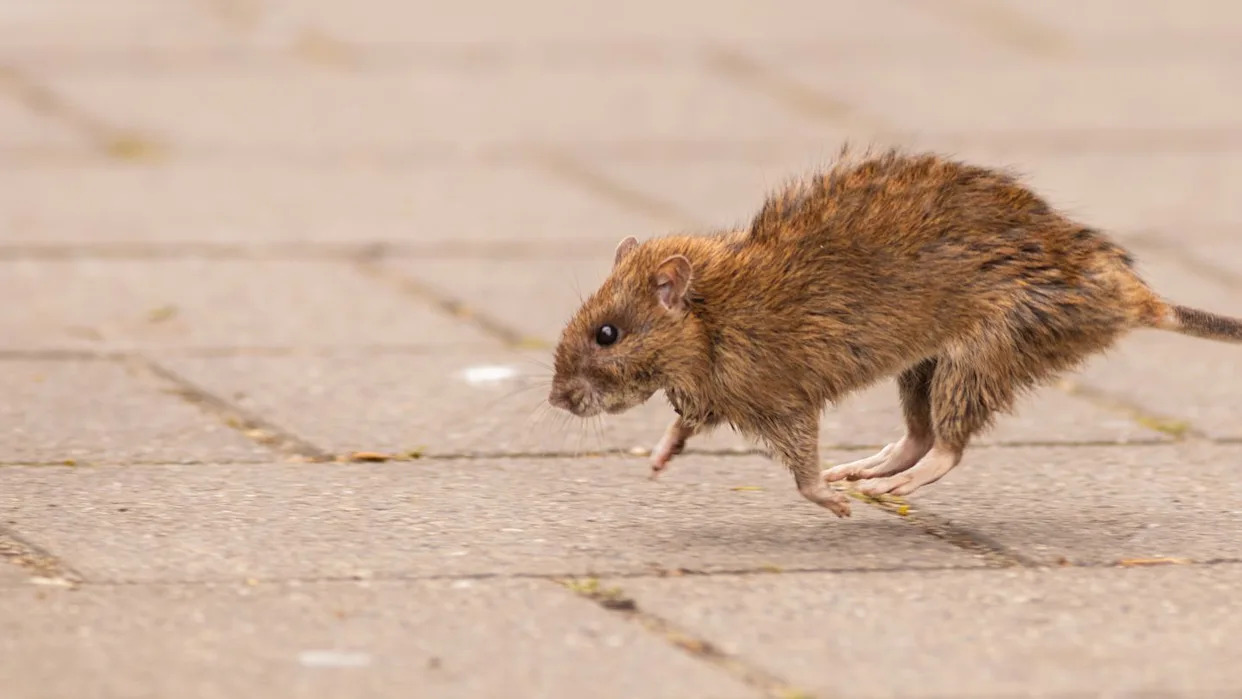Here’s what you’ll learn when you read this story:
-
Urbanization has had visible morphological effects on chipmunks and voles in the Chicago metro area.
-
While both chipmunks and voles have experienced changes to their skulls in response to urban navigation and hearing needs, chipmunks have also grown larger because of the availability of human food scraps (especially high-calorie processed foods).
-
Watching the changes in animals that have adapted to city environments could help us gauge how much urban sprawl has impacted these populations.
As Pizza Rat proved, some creatures can adapt to just about anything, even the concrete jungle. And it isn’t just New York City—Chicago rodents have become so used to city life that they have actually evolved for urbanization.
Anyone who lives in Chicago might think nothing of a chipmunk scurrying by, but all the scraps of processed food that the local chipmunks have pilfered from human garbage cans have both made them larger than they used to be and shrunk their teeth. And as a result of all the horns honking, brakes screeching, and everything else that turns up the volume of a bustling city, voles have developed smaller inner ears to turn down the noise.
Humans have obviously had a profound impact on the environment. By studying chipmunk and vole specimens hidden away in the backroom drawers of Chicago’s Field Museum of Natural History, a research team—lead by assistant curator of mammals Anderson Feijó, along with mammalogist and XCT lab manager Stephanie Smith—found that there have been morphological changes to the skulls of these animals over the last 125 years. The changes have corresponded with the growth and industrialization of the Chicago metro area.
“These different patterns between chipmunks and voles reveal species-specific responses to the same human-induced habitat changes and the need for nuanced conservation plans in the face of continuing change,” Smith and Feijó said in a study recently published in the journal Integrative and Comparative Biology.
Skulls were the focus of this research because they reflect the effects of habitat and ecology on the animals’ diets, sensory systems, navigational abilities, cognitive abilities, and body sizes. Voles and chipmunks were chosen because their biologies and proximity to humans were thought to be different enough from each other to show distinct responses to urban stressors. Eastern chipmunks (Tamias striatus) are squirrel relatives, while eastern meadow voles (Microtus pennsylvanicus) are more closely related to hamsters. Most previous studies on the effects of urbanization have looked at body size, but not much else.
Feijó and Smith compared the usual habits and habitats of chipmunks and voles. Eastern chipmunks forage throughout the year in woods with thick canopies and open understories, hoarding nuts and seeds in their burrows when they hibernate in the winter. Voles live in dense grasslands, nesting on the ground and eating mostly grasses and the occasional insect. Most urban specimens were collected after 1980, while specimens from less urbanized areas were from before 1950.
After measuring different sections of specimen skulls and taking surface scans, the researchers found that both species experienced changes due to a number of factors, including temperature. The skulls of chipmunks have a wider brain case, are flatter than they used to be, and feature a longer rostrum (the frontal part of the skull containing the palate and nasal cavity), which could be a result of specific navigation needs. Their auditory bullae—bony structures near the back of the skull that protect parts of the inner ear and convert sound waves into electrical signals that are transmitted to the brain—have also shifted backward.
Like chipmunks, urban voles had flatter skulls and auditory bullae that were further back. Their auditory bullae have also shrunk as a result of needing to handle the loud, incessant noises of Chicago. While voles’ average body size has remained virtually the same, other cranial bones revealed that the creatures have actually been affected by urbanization more than chipmunks. Vole skulls from more urbanized sites were not as diverse in shape as those from regions that were less urbanized, which could mean that the lower variance in closed urban environments keep voles more morphologically similar to each other.
It became obvious that chipmunks in urban areas are increasing in size, and their rows of teeth have grown shorter. The researchers think this is because more food is available throughout the year, and that chipmunks having more human interaction has put more things on the menu. Among the free meals chipmunks grab in the city are high-calorie, highly processed foods that add body weight and are easier to chew than nuts (meaning they don’t need to use their teeth as much). Urban brown rats have been experiencing the same evolutionary phenomenon.
“As cities continue to sprawl and push outwards, understanding complex morphological responses to increasing urbanization and associated effects can elucidate the impact of human population growth on biota,” the researchers said. “[It can] help us forecast how wild populations will cope with continuing change in the coming decades.”
You Might Also Like
Yahoo News – Latest News & Headlines
Read the full article .


